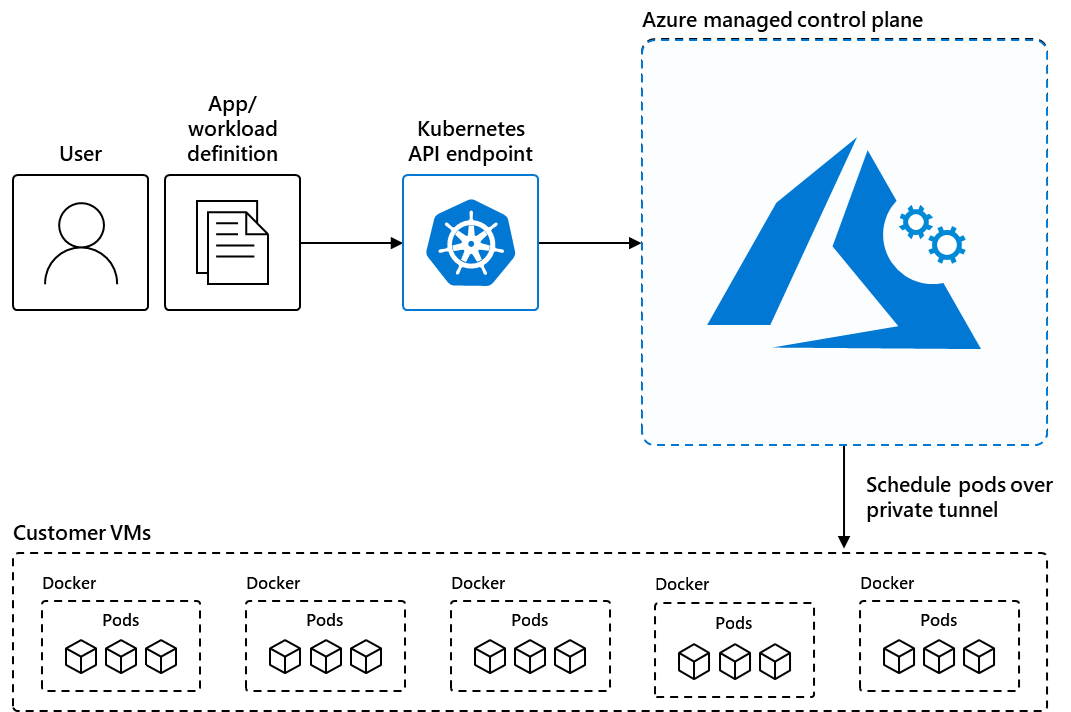# Overview
Azure Kubernetes Service (AKS) is a managed Kubernetes service provided by Microsoft Azure, designed to simplify the deployment and management of containerized applications. It allows users to efficiently run these applications without needing extensive Kubernetes expertise, by offloading operational tasks to Azure.

# Key Features
Azure Kubernetes Service (AKS) offers several key features that make it an essential tool within an Azure Cloud Data Center:
- **Managed Kubernetes**: Simplifies deployment and management by handling critical tasks such as health monitoring and cluster maintenance.
- **Scalability**: Provides a robust platform that can scale to meet the demands of mission-critical applications.
- **Third-Party Integrations**: Supports extensions through a variety of tested third-party solutions, enhancing its capabilities.
- **Security and Compliance**: Incorporates Azure's security measures to ensure that workloads are run with a focus on safety and regulation compliance.
# Importance
Using Azure Kubernetes Service in is vital for organizations seeking to leverage containerization without the complexities of managing Kubernetes. AKS offloads much of the operational burden to Azure, streamlining processes and allowing organizations to focus on their applications rather than the underlying infrastructure. This leads to enhanced efficiency and faster deployment times for new applications or updates.
# Use Cases
There are several compelling use cases for implementing Azure Kubernetes Service within an Azure Data Center:
- **Development and Testing**: Quickly create and manage Kubernetes clusters to develop and test applications in a controlled environment.
- **Production Workloads**: Run and manage mission-critical workloads that demand high scalability and reliability.
- **Hybrid and Multi-cloud Scenarios**: Seamlessly integrate containerized applications across on-premises and cloud environments, ensuring consistent operations and management.
- **DevOps Integration**: Take advantage of built-in tools and integrations to automate deployments, continuous integration, and continuous delivery pipelines.